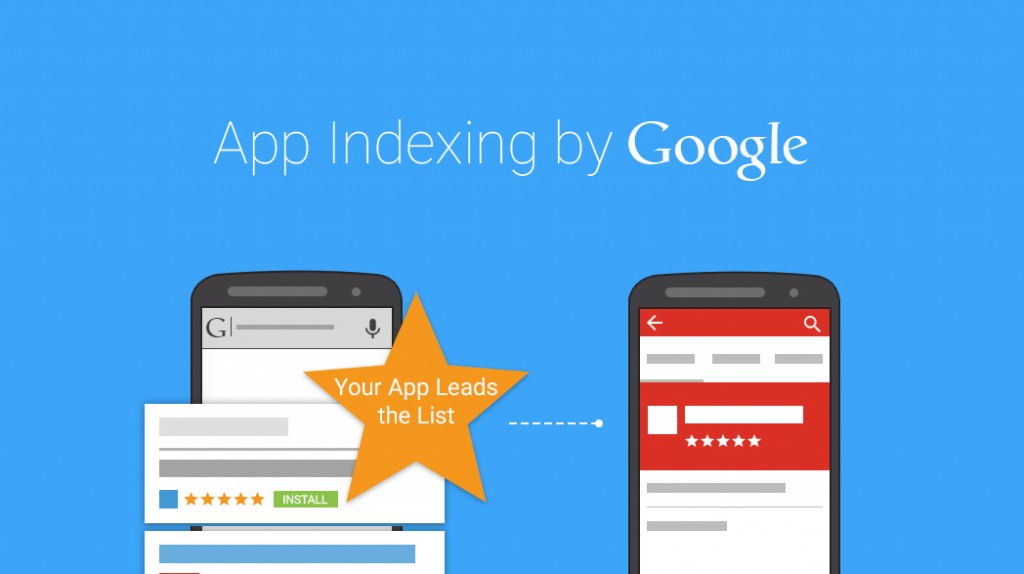Google had welcomed 2015 with some remarkable updates. Google had come up with an API that could be used for indexing the app content. The API called the Mobile App Indexing was a revolutionary development that managed to overcome the shortcomings that Google faced when using spiders for crawling the app content.
How It Works
In Google’s Mobile App Indexing API, the developers report Google about the content that is available in the app and the correlating URL on their website. It is then that the users are offered the option to view the content on a web page or within the app.
– The course of action begins with the developers deep linking their app from the Developers Console.
– Followed by this, they connect the app to their website.
– Check if the app has been set up to work with Google Play services.
– The developers set up “intent filters.” These help let Google know when a user is viewing a content section, the title of the content and the web pages that have duplicate content.
Whenever some user views some of the content in your app, Google is notified that the content exists in the app through app indexing API. Later, when a user would search for corresponding content, Google offers them the option of viewing the content in your app.
Where Are We Currently
With Google’s Mobile App Indexing API, the users can easily navigate through the content it already knows is available within the app. It varies as compared to the scenario of Google using the API to determine and examine fresh content it did not know existed. In a nutshell, Google will be facing difficulty in understanding if the app’s content should outrank the competitor’s web page content. However, if in case Google knows that the content on your site outranks the competitor’s site content, it will happily direct the user to content on your app.
So, this is a significant shift in the search mechanism as apps have started competing with traditional websites for better ranking and traffic. Thus, the apps are in the process of learning how to optimize their content for a higher position in Google’s search results.
Here are some of the factors that you will have to consider at this moment:
– Even though Google manages to navigate a user to the app content, the overall ranking is decided based upon the web version of the content. What matters here is if the user has downloaded the app and if he is spending significant time using the app.
– In case the app content does not have corresponding content over the web page, there are chances for the app content to get outranked by other web pages.
– Websites allow Google to have a look at links, evaluate user behavior, social activity, page structure, site themes, and other associated signals. All these help in identifying whether the site has high-quality content worth the number one ranking. However, with apps, these signals do not even exist so far.
Right now, the SEO for an app is less about optimizing the app and more about optimizing the Website version of the content and linking of content to identical content. Google gets to decide which version they wish to show the search. However, in the coming future, Google will offer the users the freedom to submit all of its content through Indexing API, the signs of which can be seen already.

